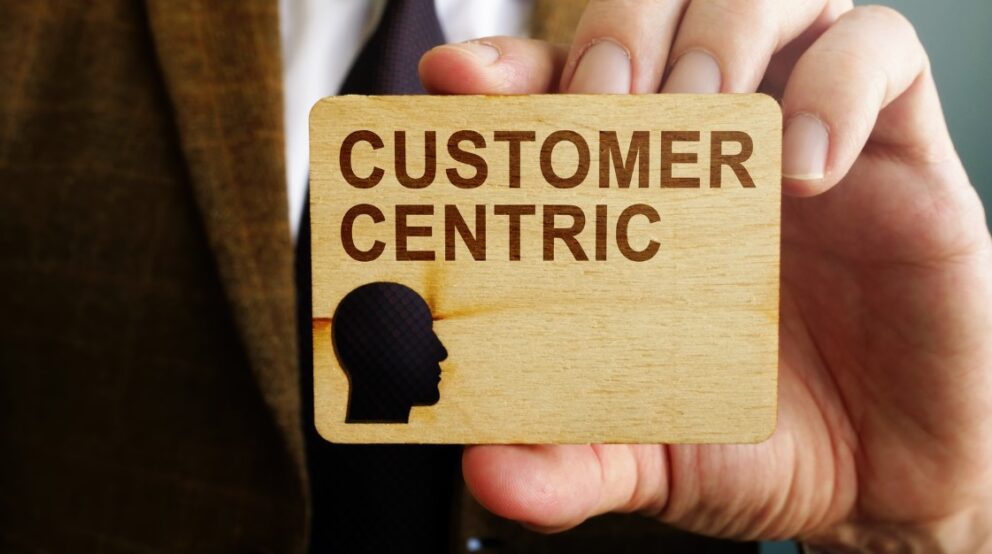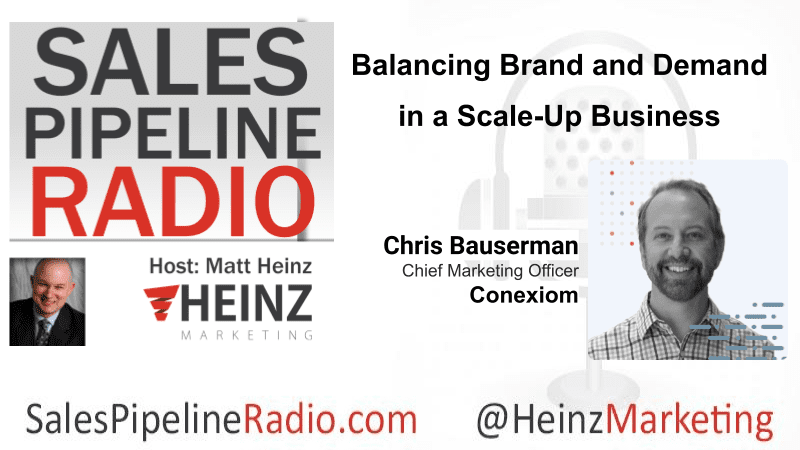Focusing on Product-Led Growth? Track the Right Metrics

By Maria Geokezas, Chief Operating Officer at Heinz Marketing
In 2007, Dave McClure introduced us to what’s become known as the “pirate metrics” framework — AARRR. McClure knew a thing or two about growing a product quickly. He led the marketing teams at Simplyhired and Paypal. During that time, he identified the critical metrics for product-driven companies.
If you’re unfamiliar with the AARRR framework, it stands for:
- Acquisition
- Activation
- Retention
- Referral
- Revenue
The framework was one of the first established and widely accepted for SaaS companies to measure success. As time has passed, AARRR is still popular, but it’s more refined now.
In this post, we’ll look at the specific metrics within the framework that are the most important to watch if you’re focusing on a product-led strategy.
Acquisition Metrics
SaaS companies ushered in a shift in how we define acquisition. Previously, acquisition required a user to pay. But now we have freemium models where you can acquire a customer without money ever exchanging hands.
This shift means it’s more critical for product-led companies to carefully track the details of user acquisition to ensure they’re maximizing their resources.
Product Sign Ups
Product sign-ups give you an idea of how much traction your product is gaining, and it helps identify potential product issues. For example, if you get 10,000 sign-ups for the free account and no one upgrades to the premium plan, you know you have a problem.
Lead Channels
In addition to watching who’s signing up, product-led companies must pay special attention to where these users are coming from.
All companies should monitor their lead channels. However, product-led companies’ initial marketing budgets are generally tighter. So wasting time and money on the wrong channels can stall growth potential exponentially.
Activation Metrics
The gap between acquisition and activation varies within product-led companies. When customers immediately pay for your product, they’re incentivized to adopt it. But with free or low-tier offers, customers may be a user for months before they’re activated. So how can companies determine when activation occurs?
Product-Qualified Leads (PQLs)
Traditionally, marketing and sales teams qualified leads, but that goes away with product-led growth. Instead, actions within the product qualify the lead — that’s why it’s called a product-qualified lead.
The steps a user takes to qualify will vary by product, so how do you know which actions are the ones to watch?
Product-led companies turn to user recordings and interviews, along with A/B tests, to learn what activates customers and uses that information to qualify future leads.
Time to Value (TTV)
The product’s time to value is the time it takes for a user to reach the moment of activation or understand the product’s unique value.
TTV can be immediate, like when a fire breaks out, and you grab the extinguisher.
Or your product can have a long time to value. For example, tech products often have a longer time to value because they require a user to get over the learning curve or even onboard additional team members before they are useful — products like project management tools.
Feature Adoption Rate
The TTV helps determine when a product as a whole is adopted, but it’s also useful to track feature adoption rates. Tracking your feature adoption rates helps you understand which features are most valued and tell you where to place your attention.
Retention Metrics
With the number of new products consistently released, your customers always have another option. Product-led growth hinges on identifying your most valuable customers and keeping them happy as long as possible.
Net Churn
Users will leave your product for one reason or another, but that doesn’t mean you have a churn issue. Where gross churn looks at your total churn rate, net churn takes new customers into account to give you a clearer idea of what’s happening.
If 10% of your customers are leaving every month, but you’re acquiring double that in the same period, then you’ve got less to worry about. It’s best to monitor gross and net churn to get the whole picture.
Customer Satisfaction Score (CSAT)
Keeping your customers happy is critical to product-led growth. After all, unsatisfied customers likely mean there’s something off with your product.
The two best ways to get a customer satisfaction score are user surveys and interviews at specific points in the product journey. Keep in mind that calculating a satisfaction score only at the beginning or end doesn’t provide enough insight into the complete experience. You need checkpoints through the customer journey.
Customer satisfaction doesn’t only reduce churn but also fuels your referrals.
Referral Metrics
While it’s called product-led growth, it can also be considered user-led growth in many cases. Product-led companies rely largely on user and media promotion to grow their customer base.
Virality
Virality wasn’t part of the marketing vocabulary until the last decade or so. Undeniably, some products were more popular and saw rapid growth, but nothing like the growth we see now when a product “goes viral.”
When you’re product-led and counting on low or non-paying customers to find your product, you need virality on your side. The key is watching which efforts garner attention and which fall flat. Often, the surest path to virality is providing a superior customer experience.
Network Effects
Virality and network effects go hand in hand, but where virality can happen through things like media attention, network effects rely on your users.
For example, Slack relied heavily on network effects to grow its user base. After all, what would be the point without coworkers to talk to? In addition, predictable network effects help companies project growth and future revenue.
Revenue Metrics
Ultimately, even product-led companies based largely on free and low-price offers must drive revenue. However, the metrics used to measure generated revenue are different.
Average Revenue Per User (ARPU)
Average revenue per user takes your total revenue and divides it by your total number of customers. You may decide to break down your ARPU into segments to get a better idea of which customers are the most valuable as well.
For instance, is your highest tiered plan generating the most revenue because it’s a higher price point, or does the mid-tier perform better because there are more users?
Customer Lifetime Value (CLV)
Customer lifetime value (CLV or sometimes LTV) is a metric that projects the revenue a single user generates over the lifetime of their account.
Where ARPU tells you how much you’re currently generating per user, CLV gives you an idea of the total amount each user is worth. In addition, you can compare CLV to the costs of acquiring a customer to determine marketing budgets.
Since the lifetime value is calculated based on the average user, the more customers you have, the better predictions become.
Expansion Revenue
Finally, product-led companies need to watch the expansion revenue created by upselling or cross-selling current users.
When evaluating performance, you can’t overlook expansion revenue or the opportunity to create it. Your CLV will unquestionably increase if you learn the key points in your user journey to offer additional value, like upgrading an individual user to a team plan.
In the end, correctly tracked growth metrics allow companies to adapt their product to fit user demands quickly. Data-driven decisions are at the heart of all successful product-led companies.






